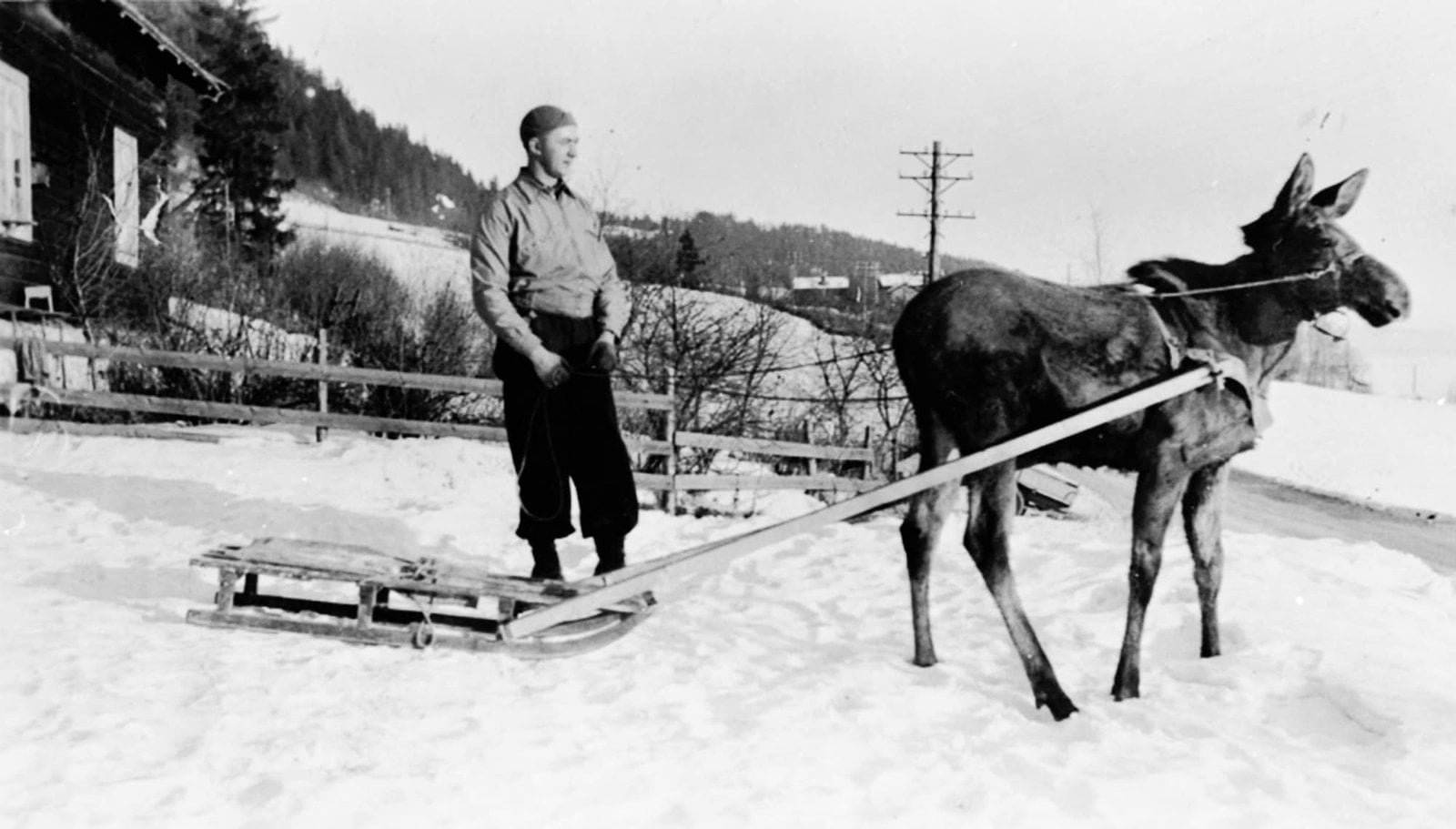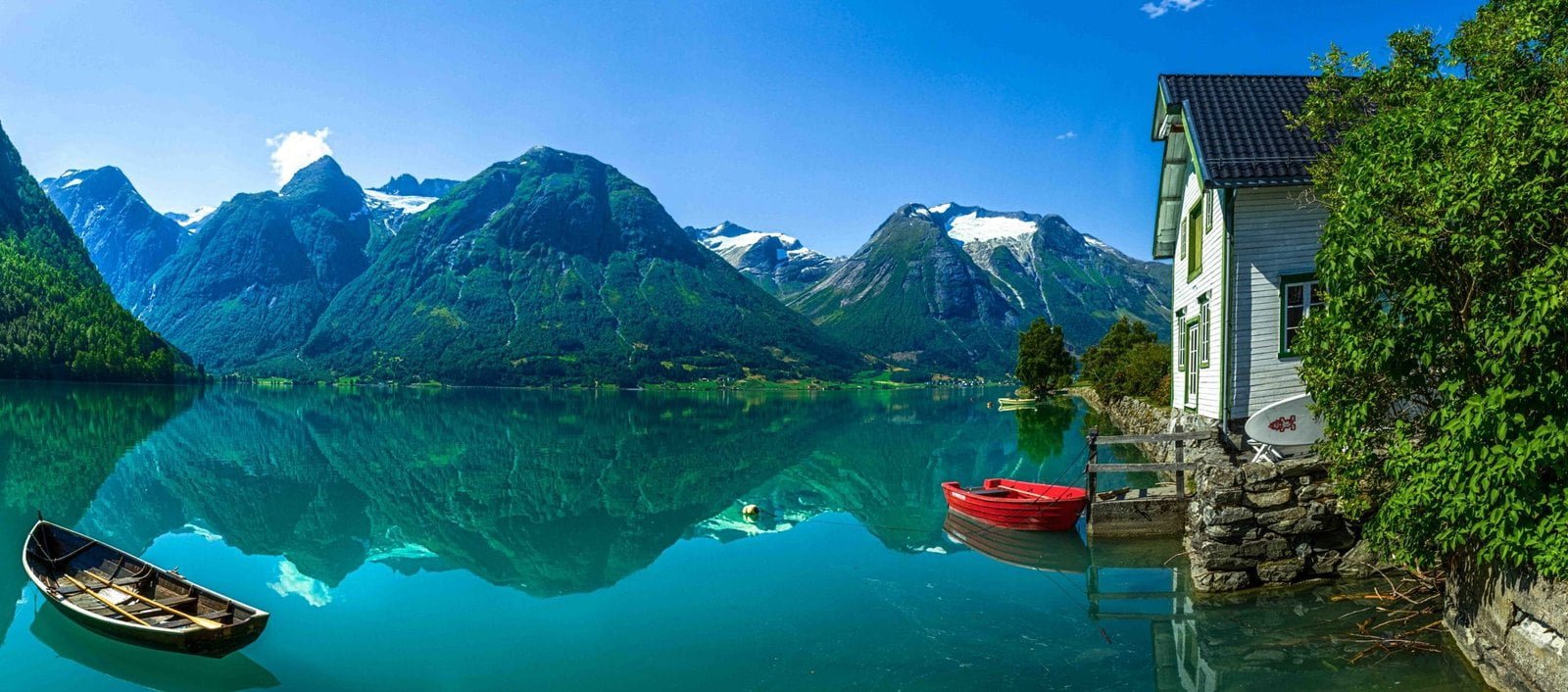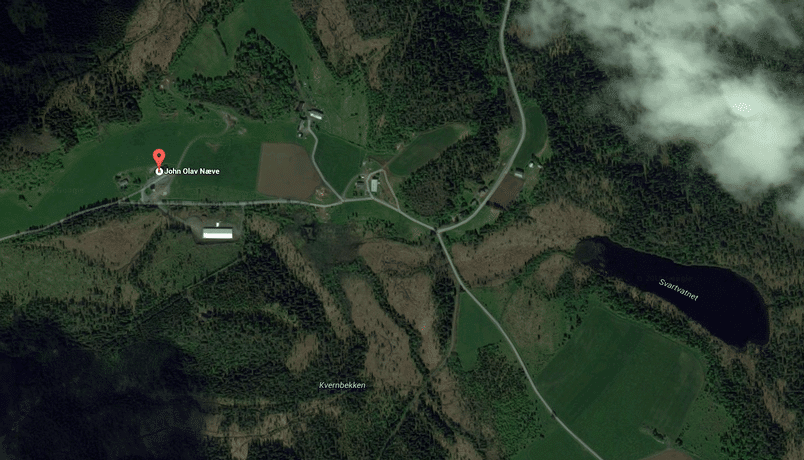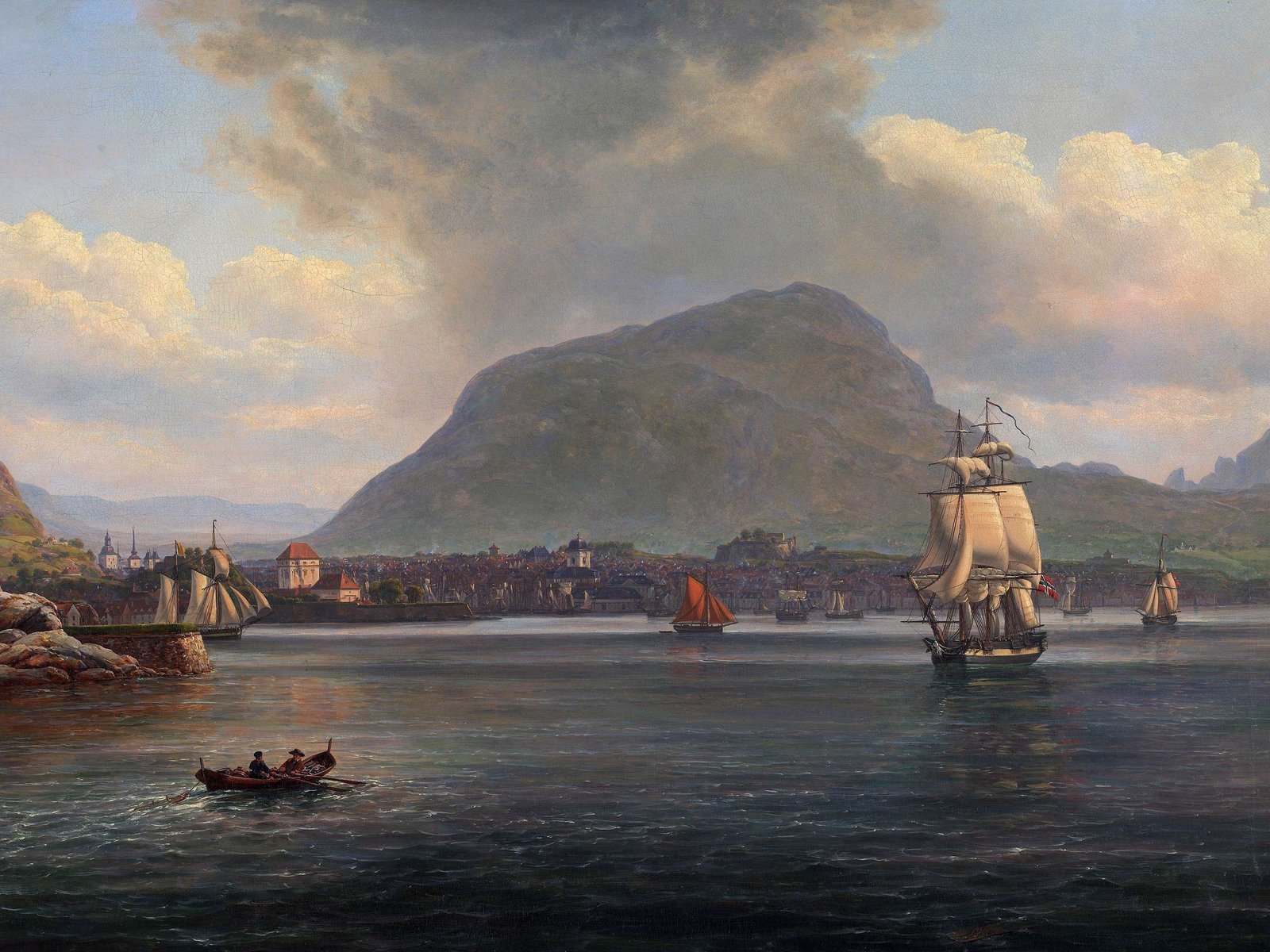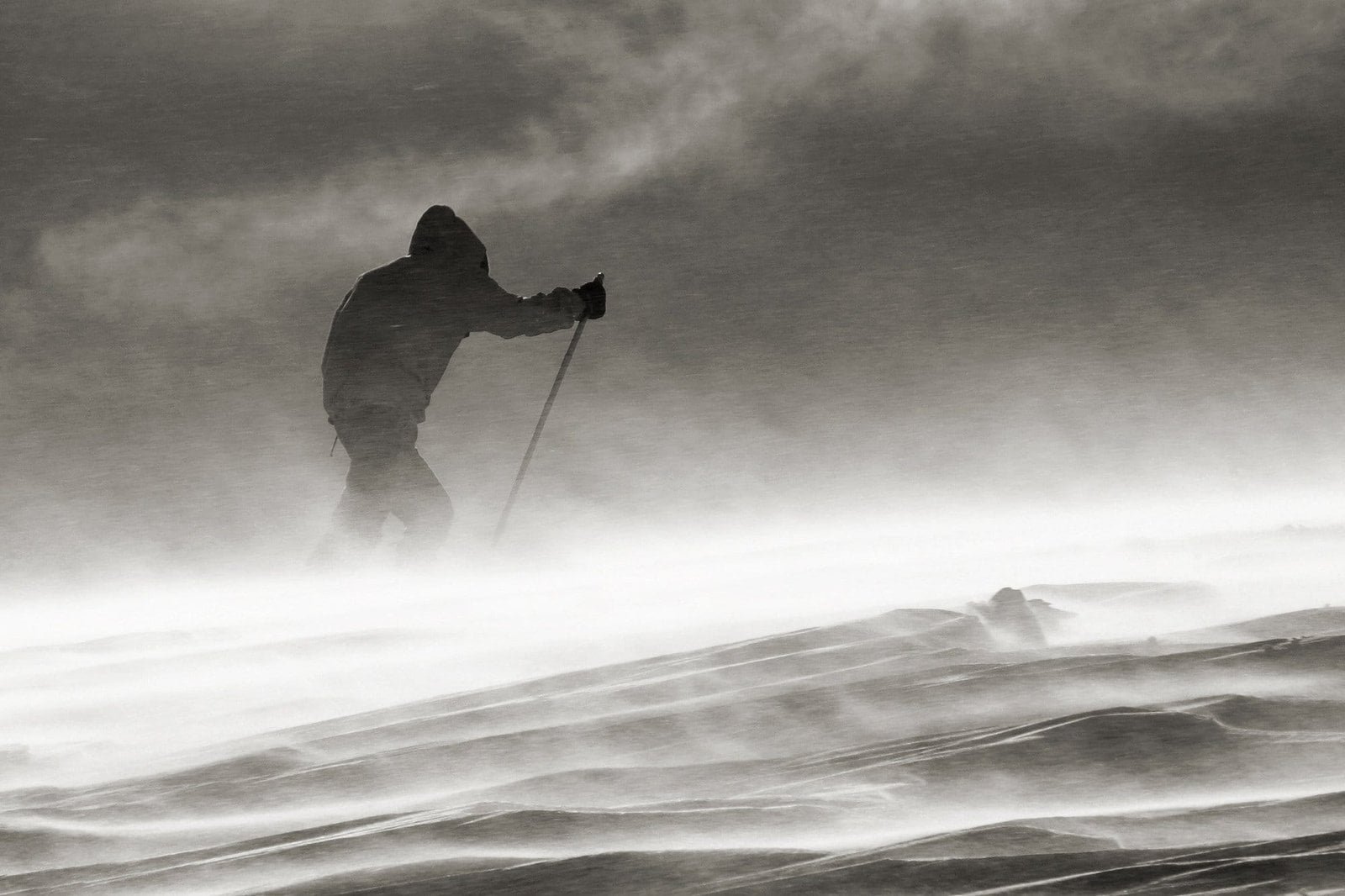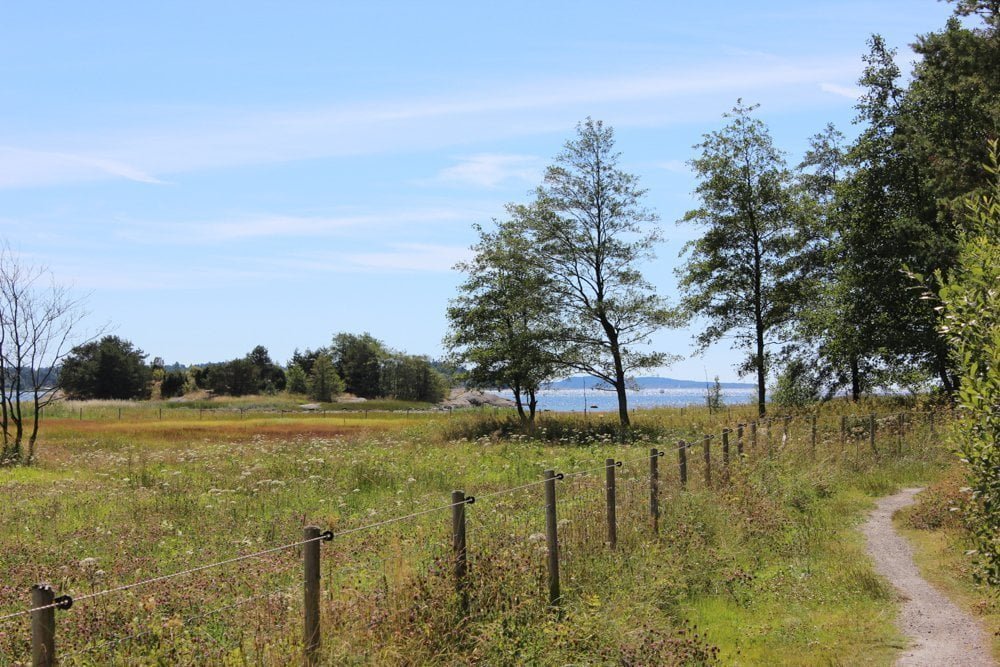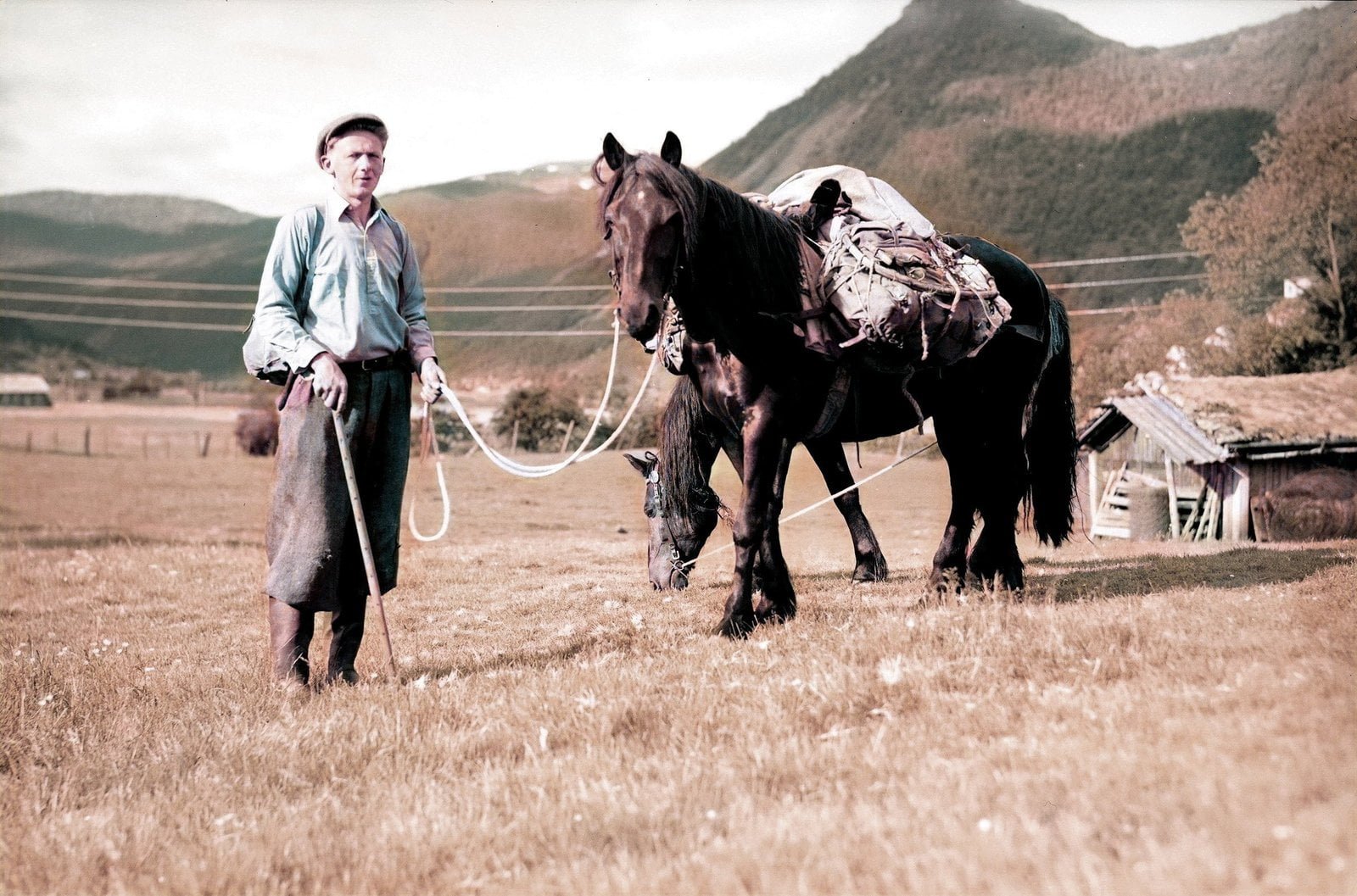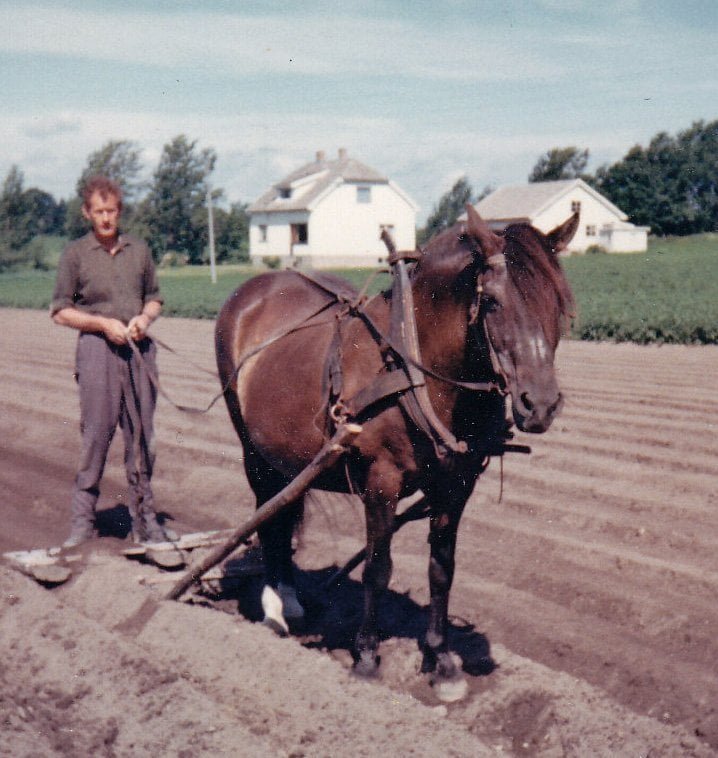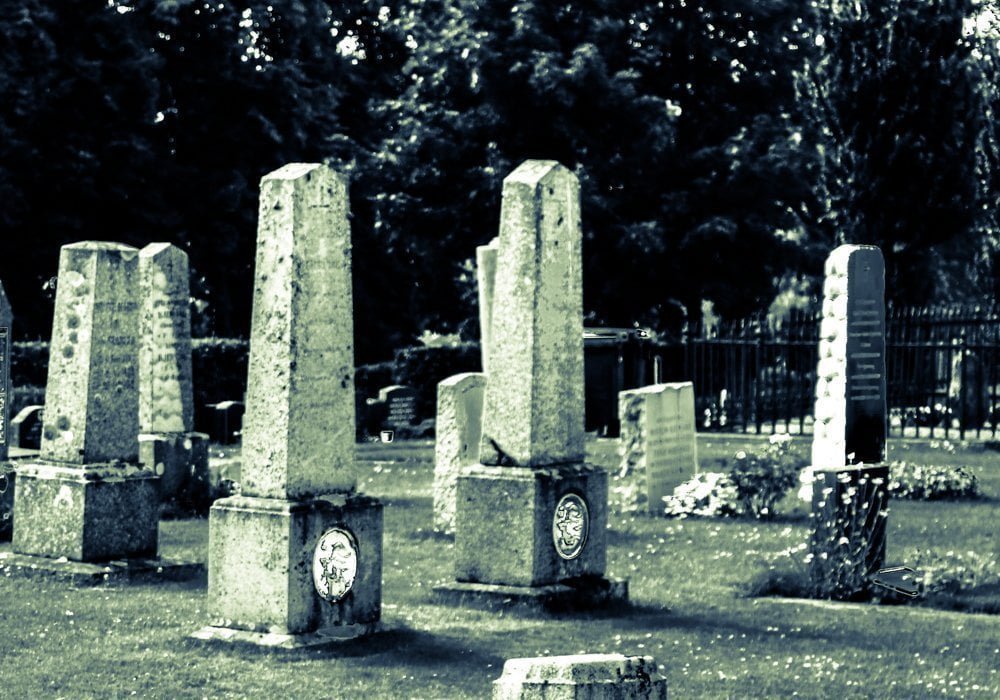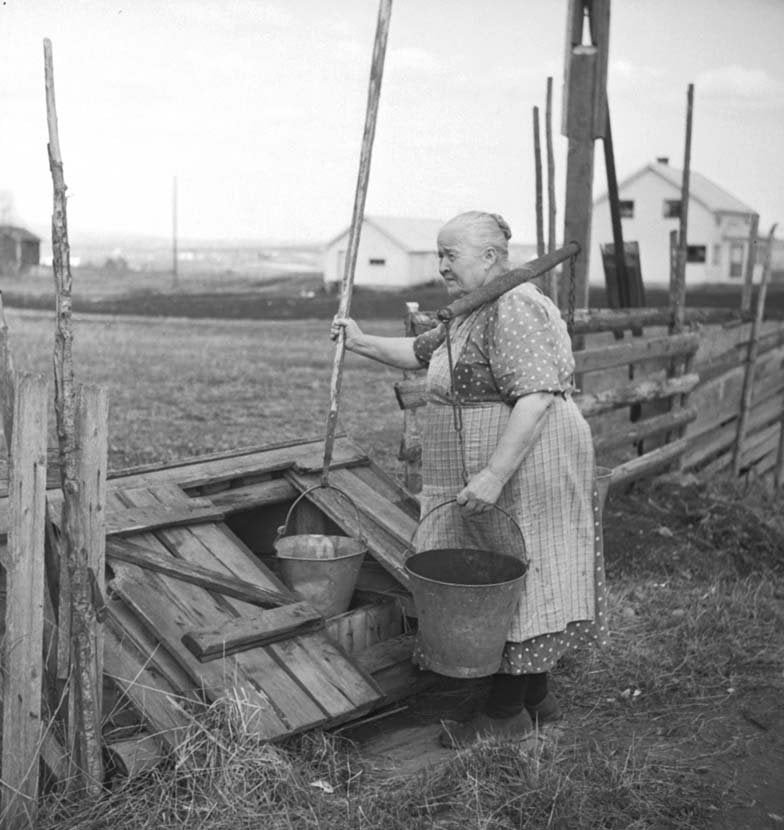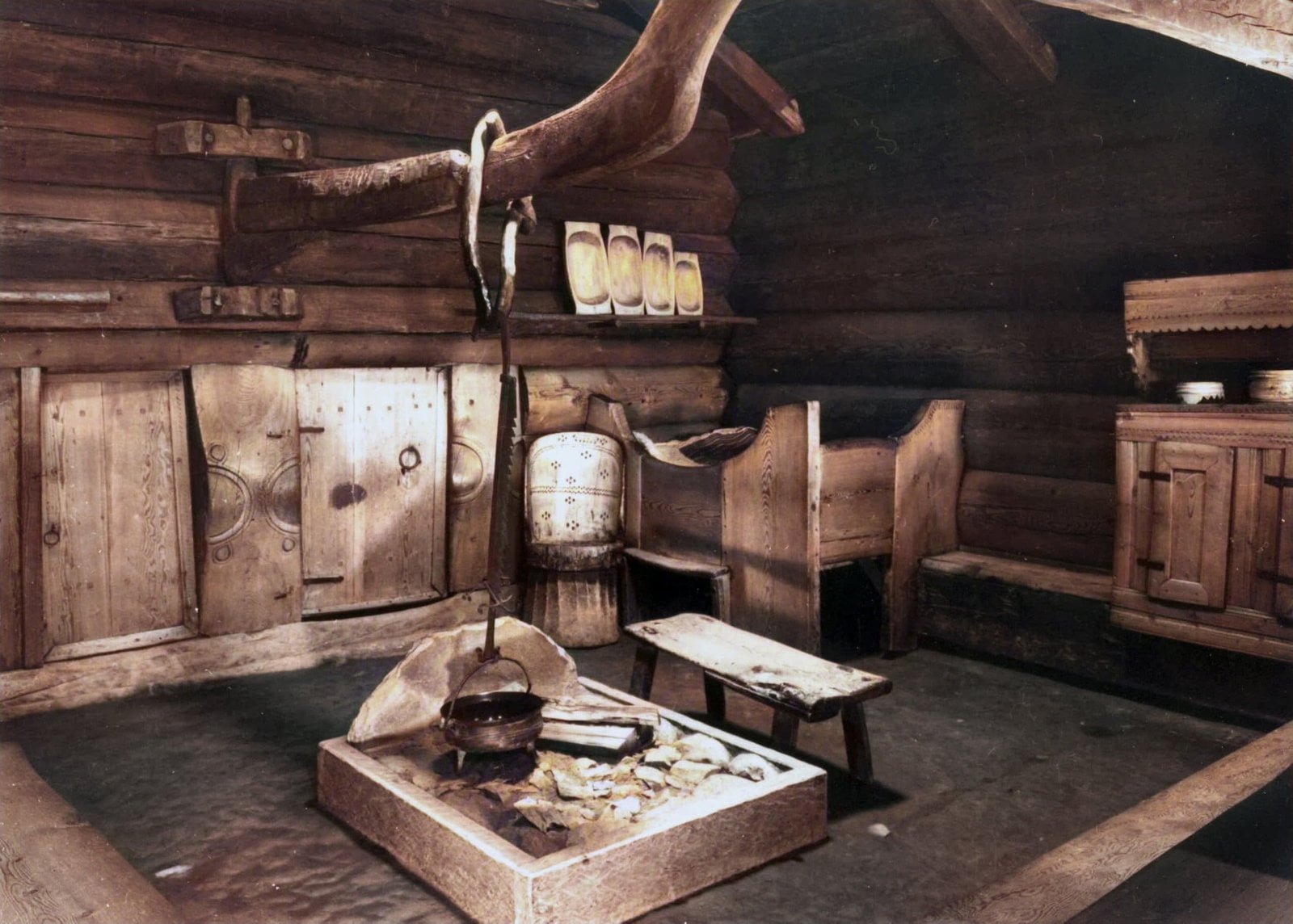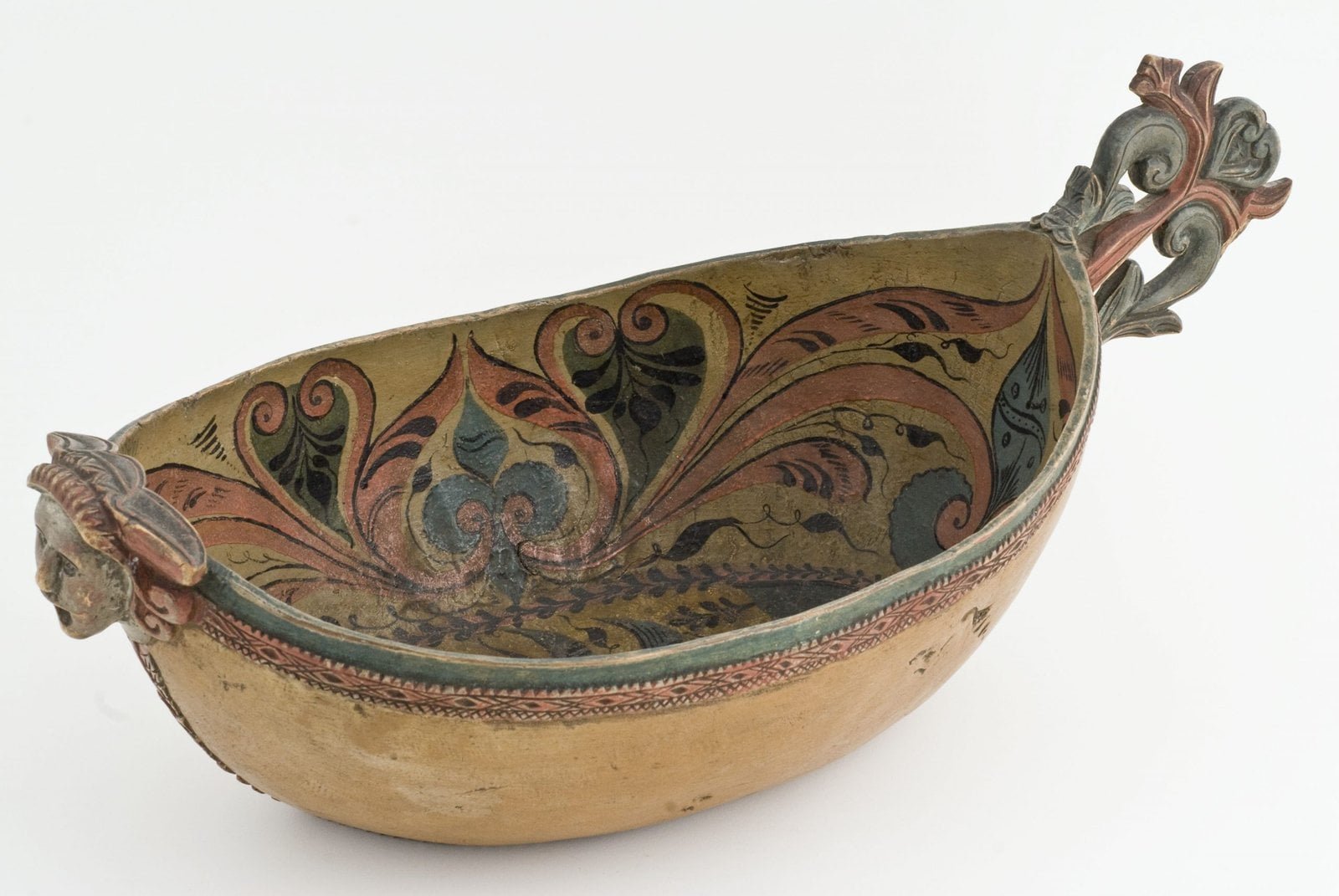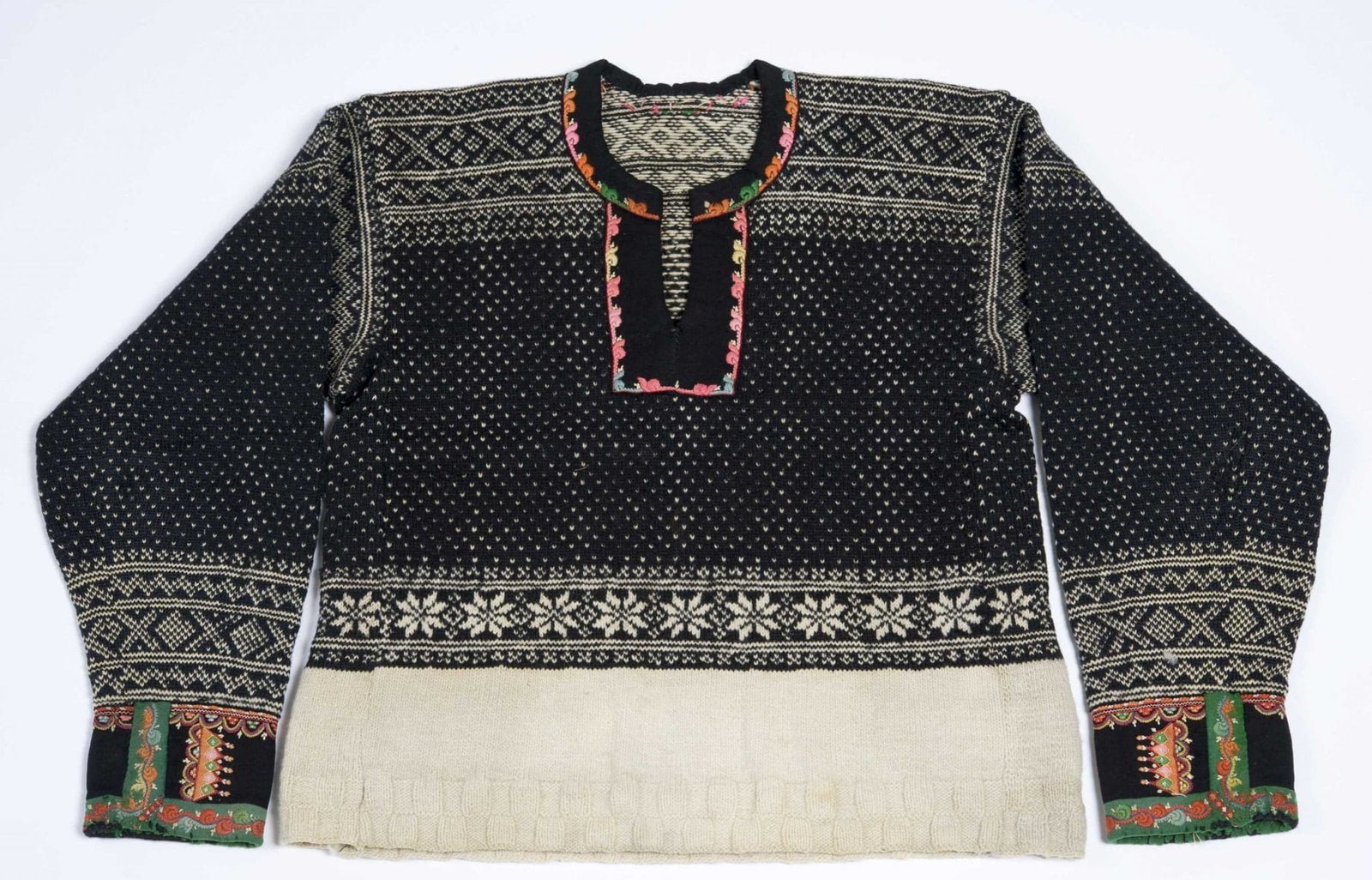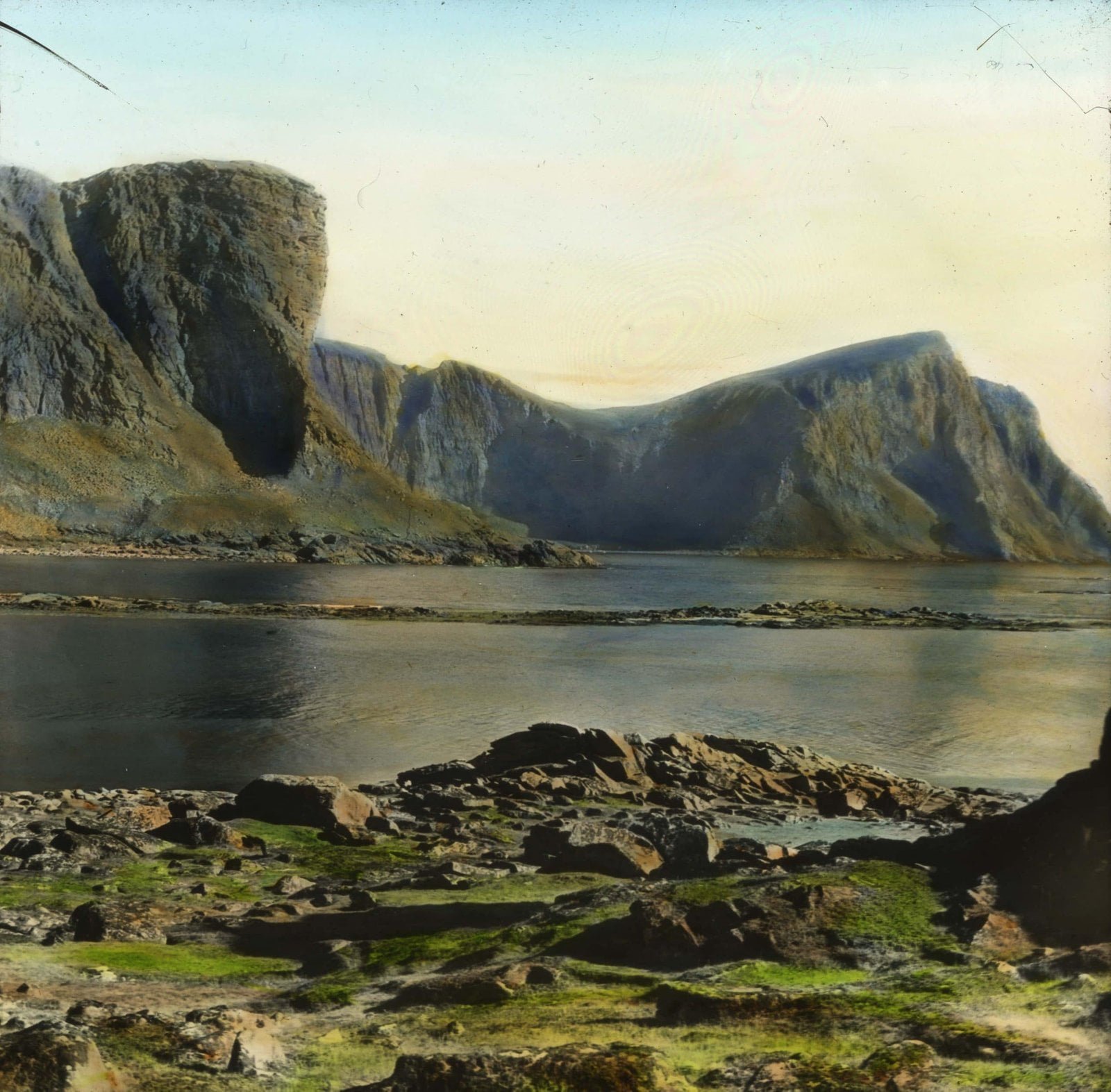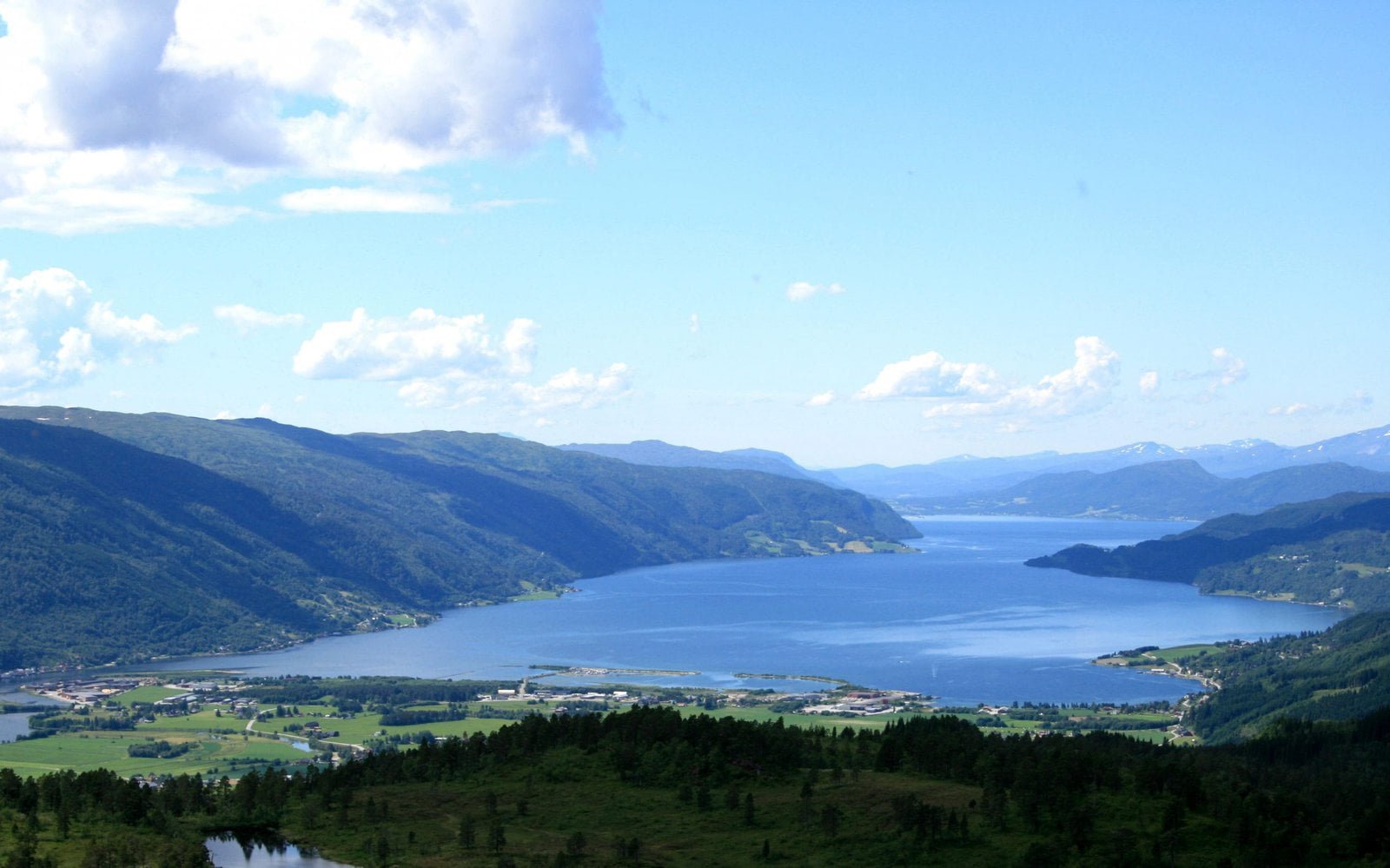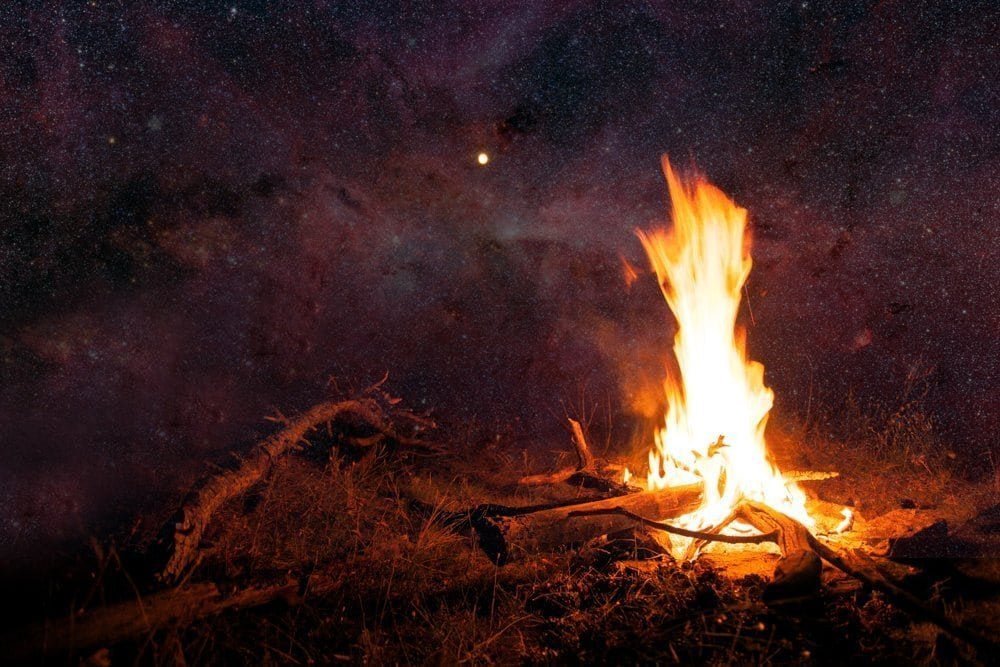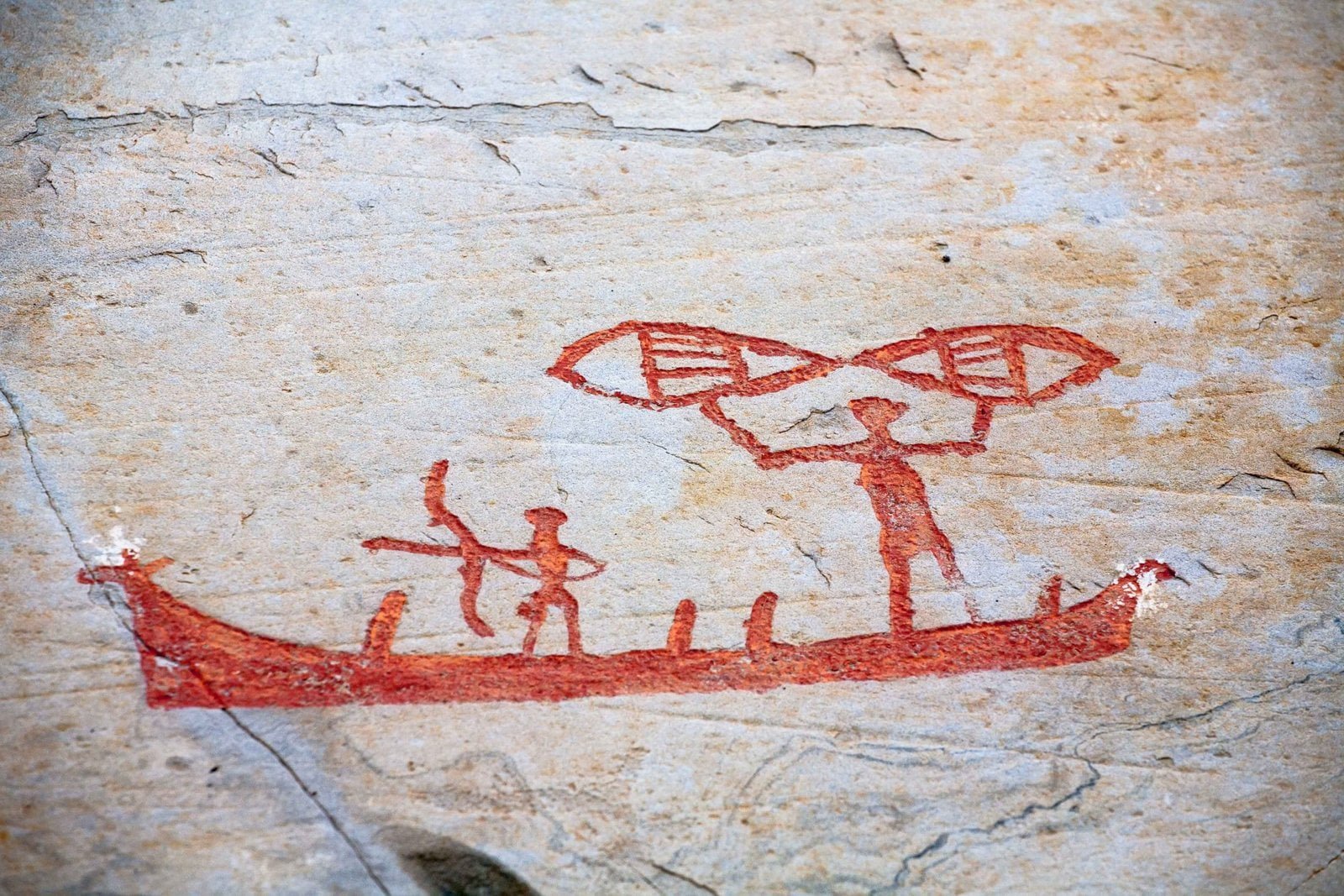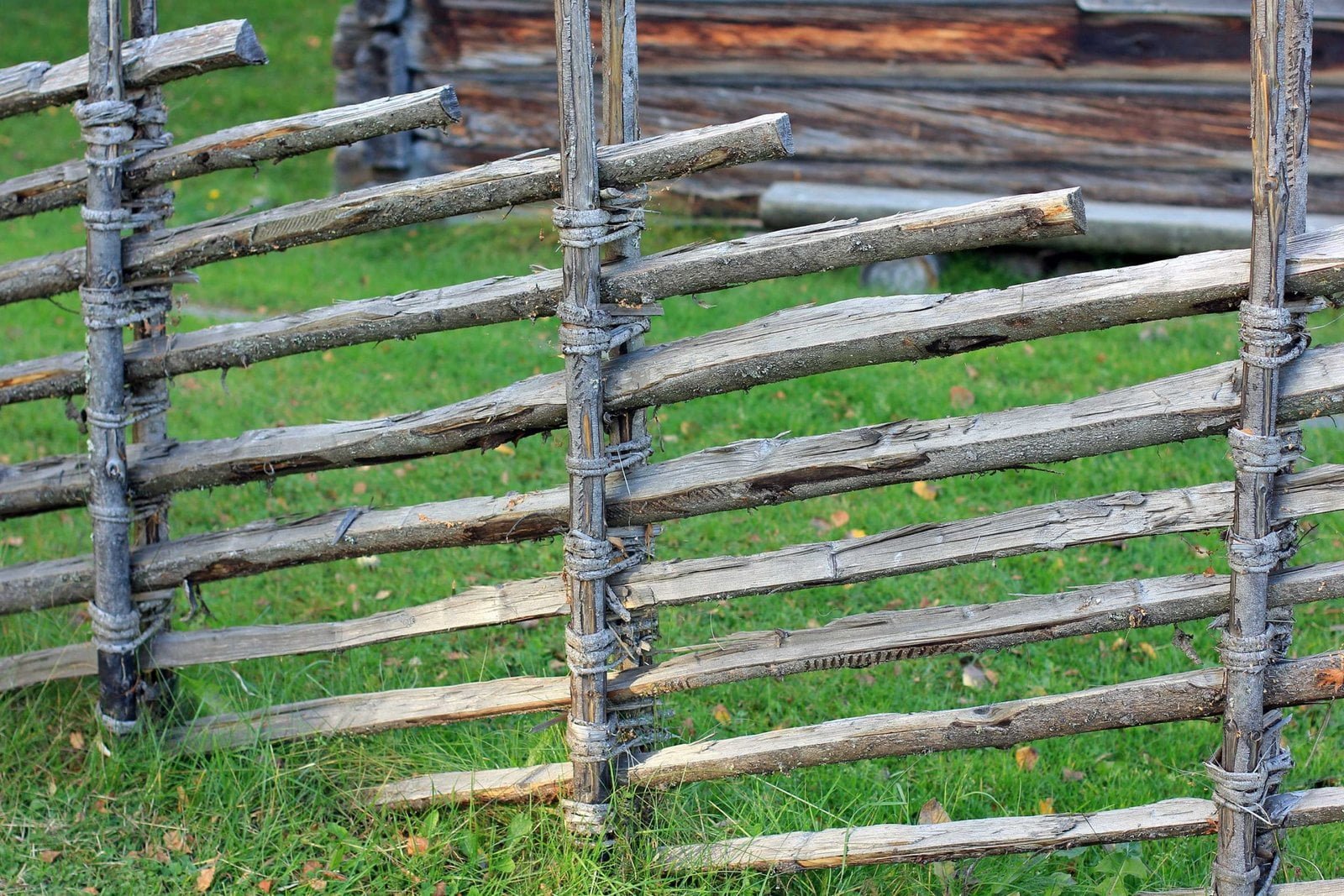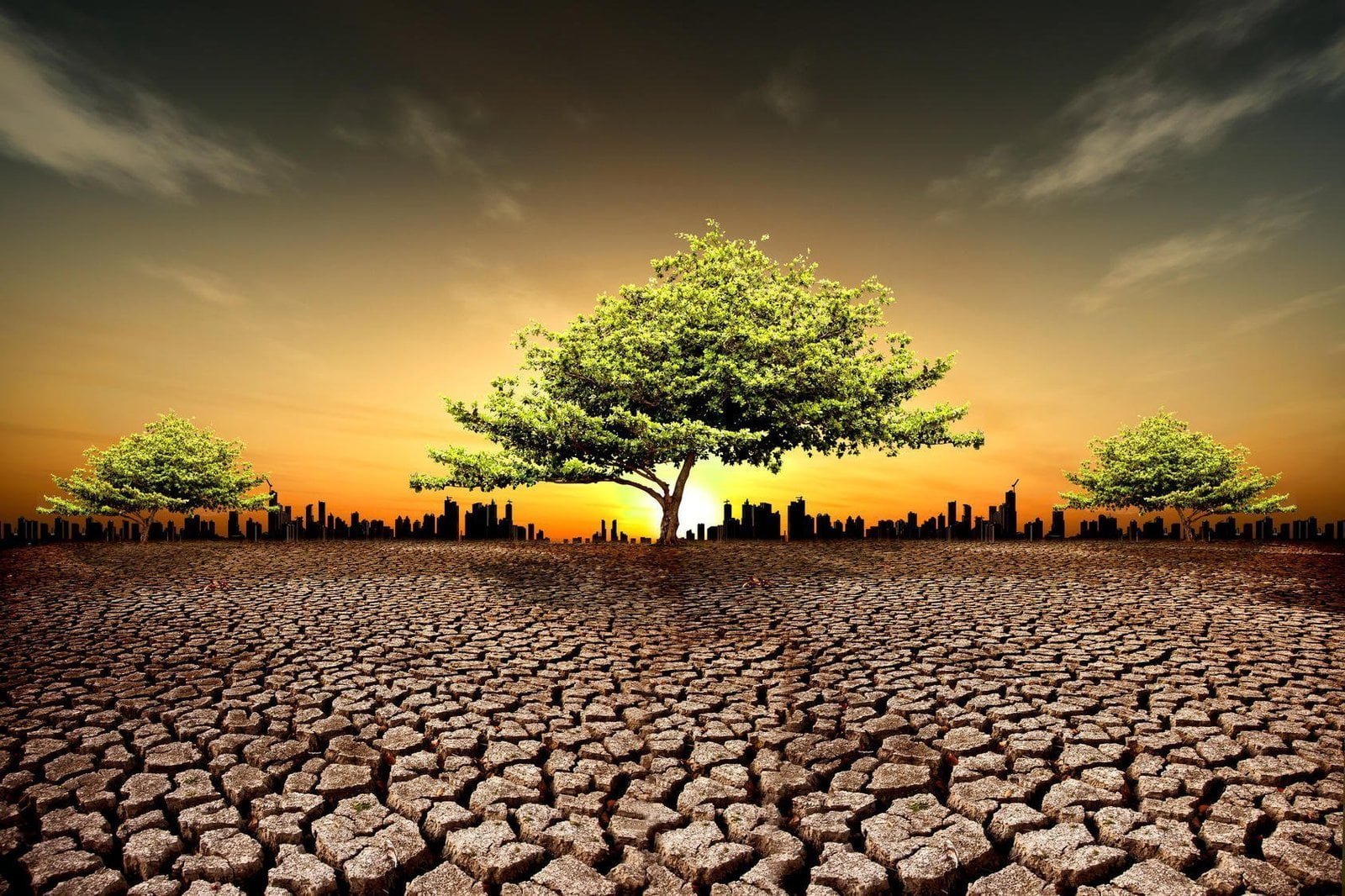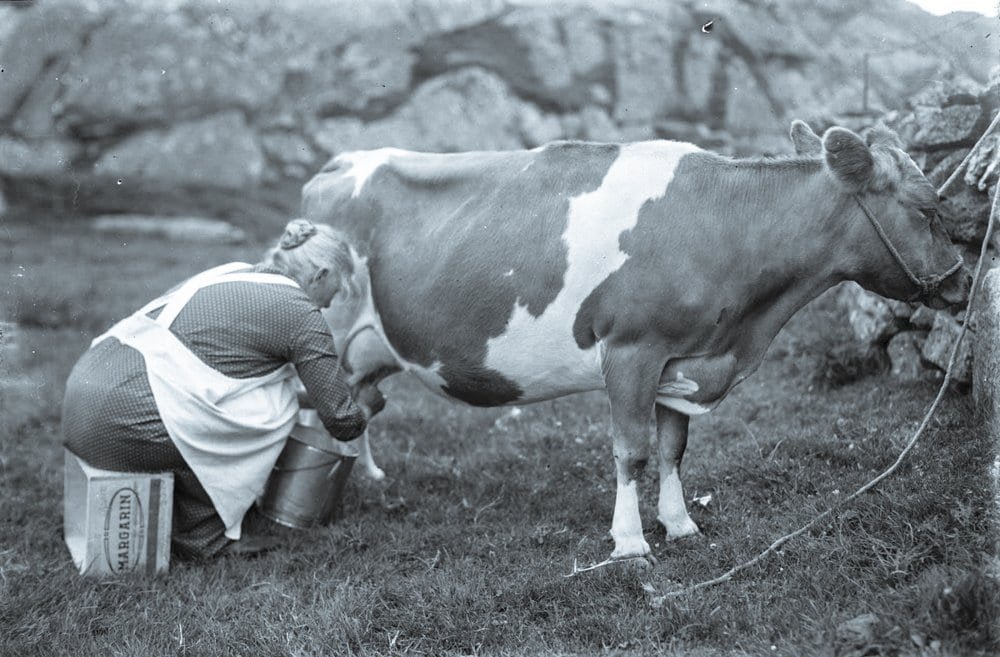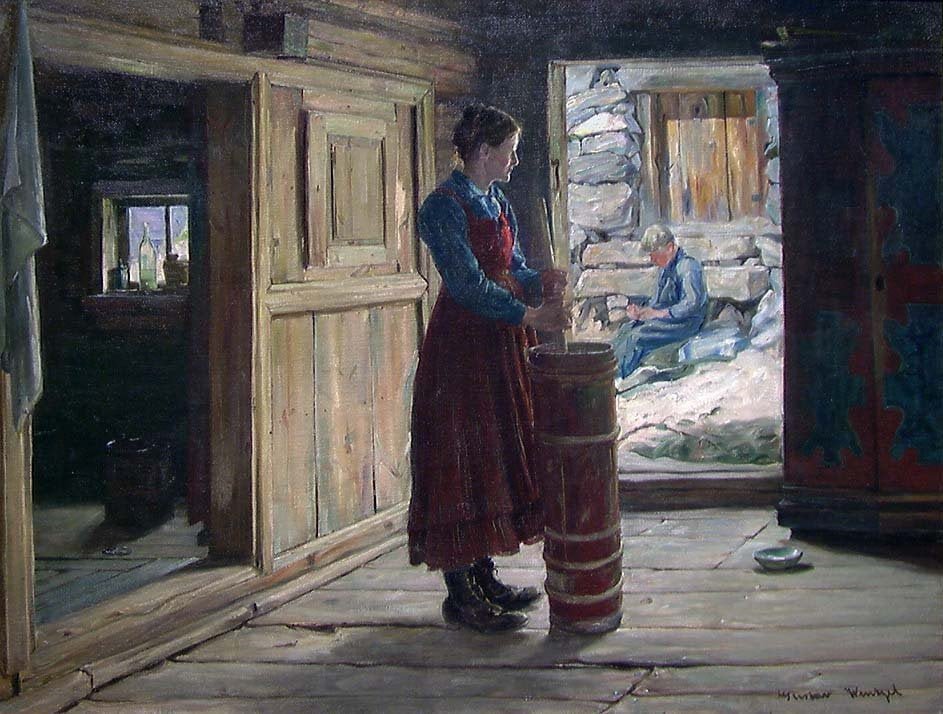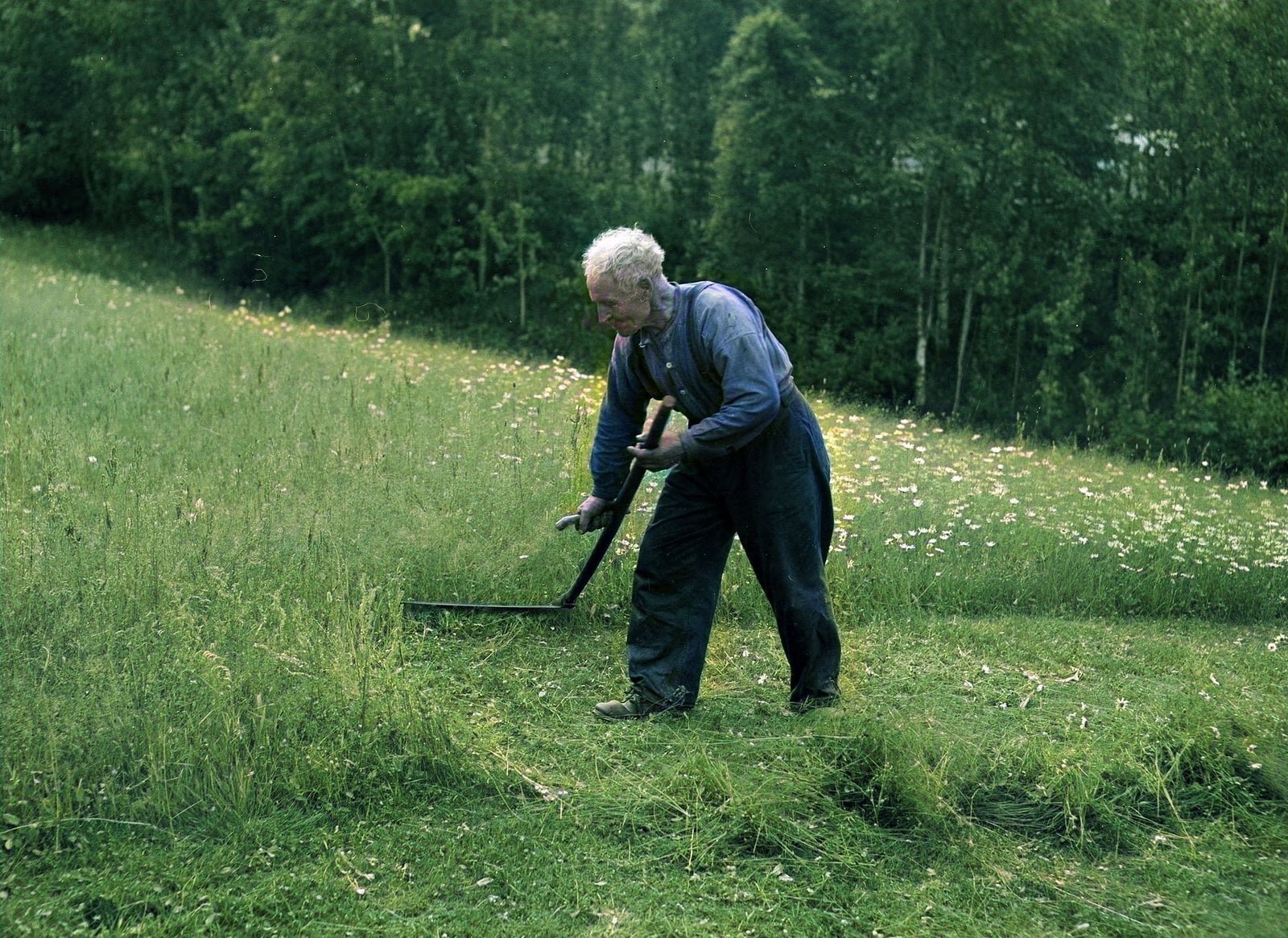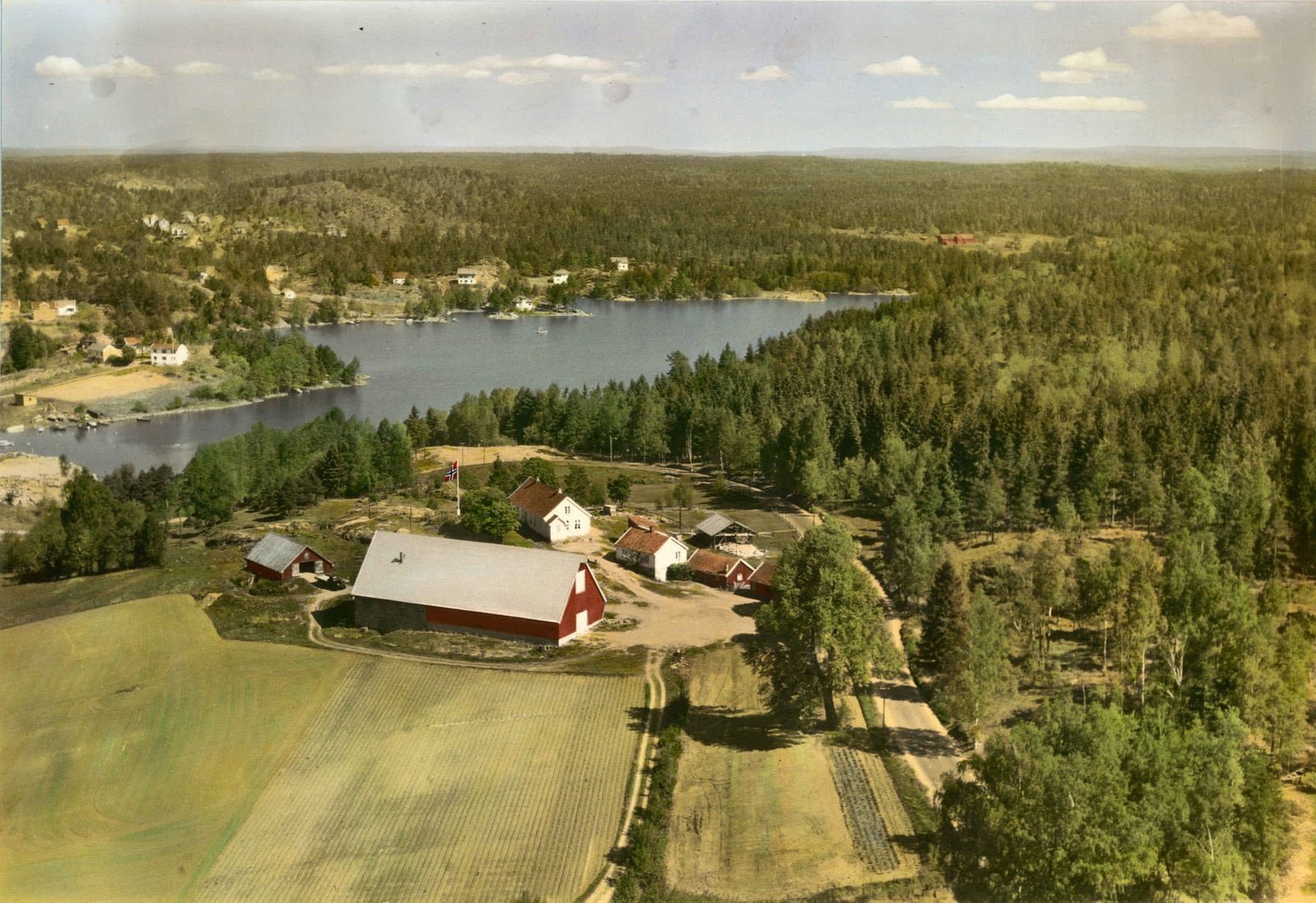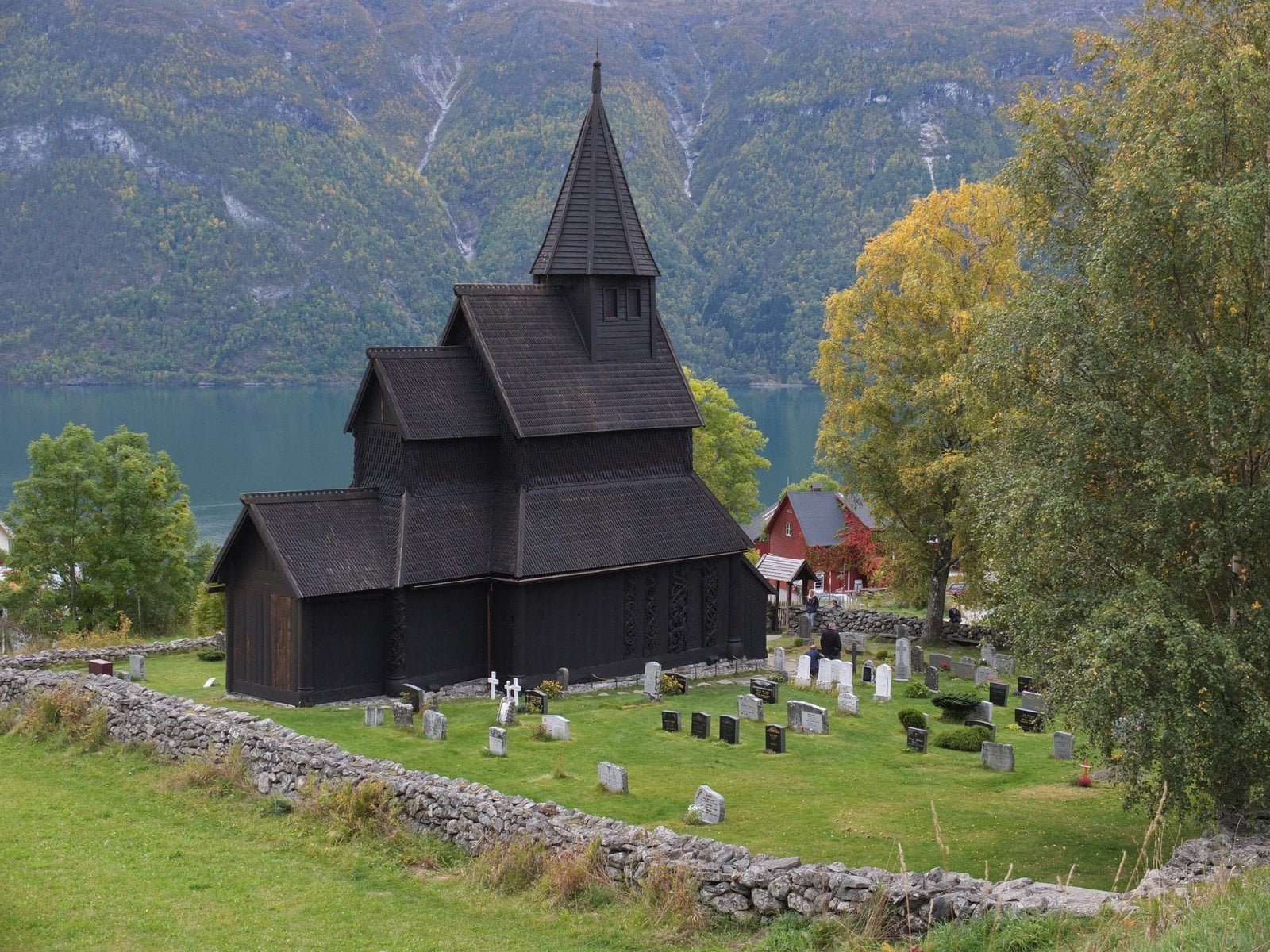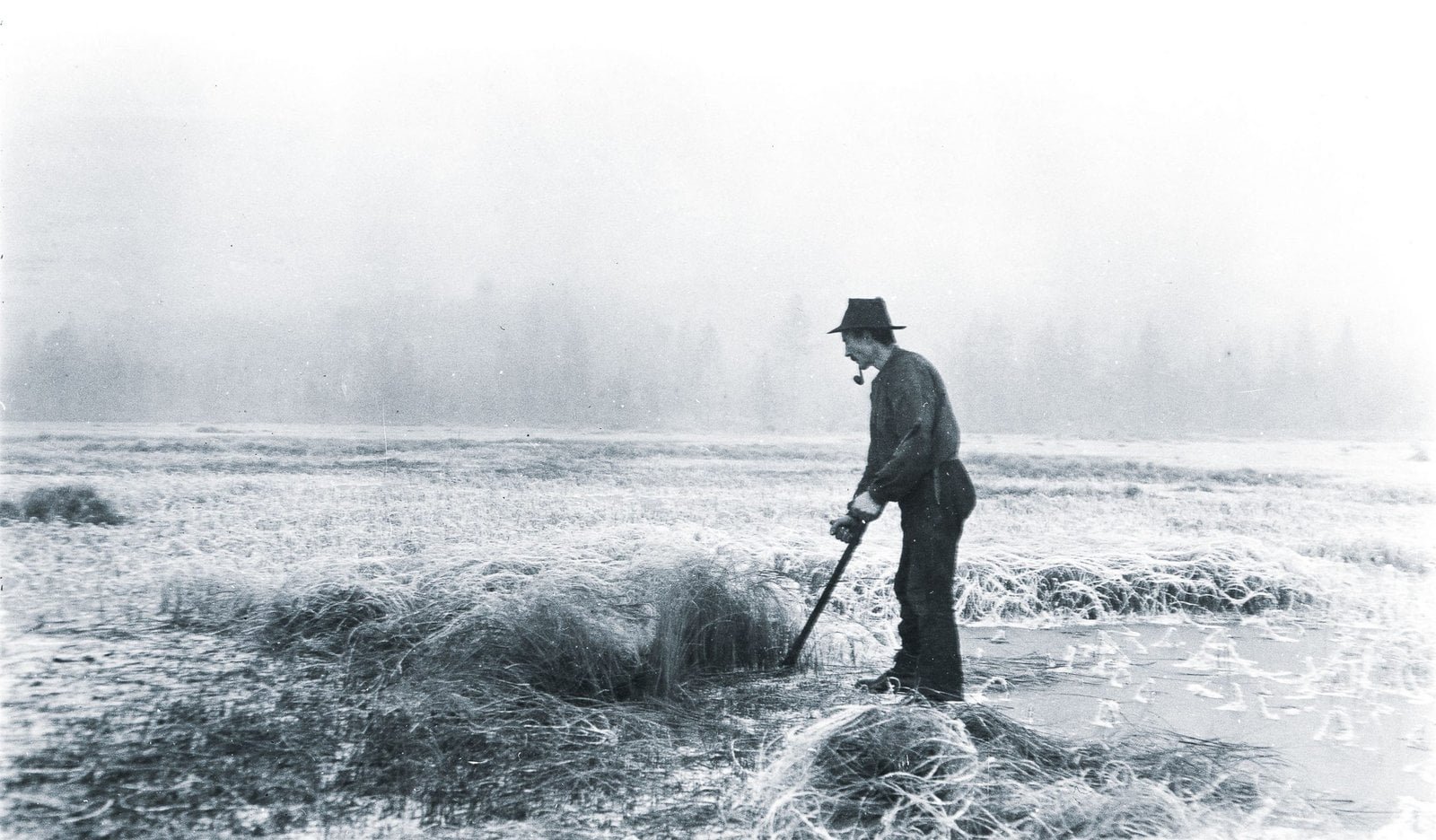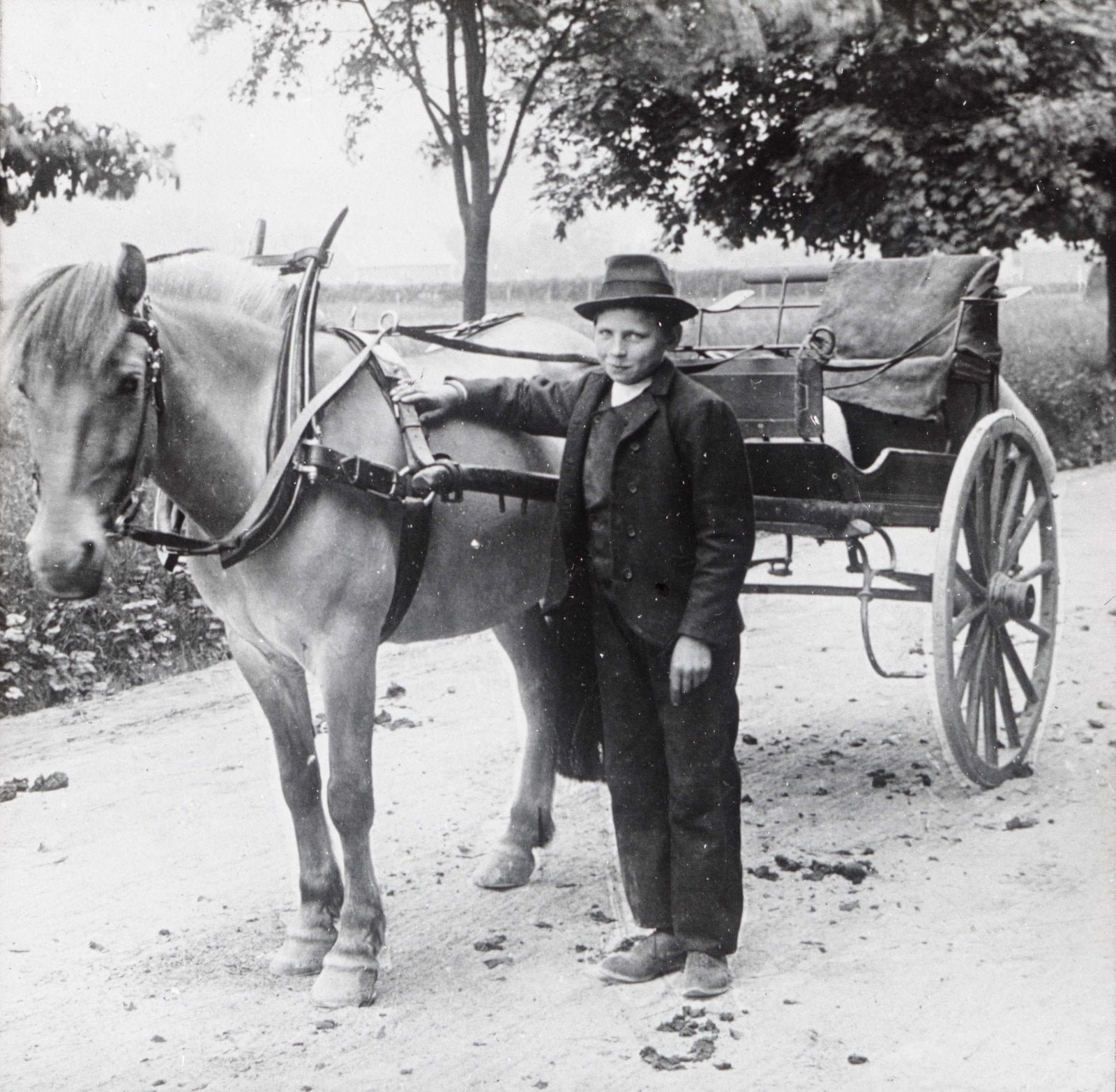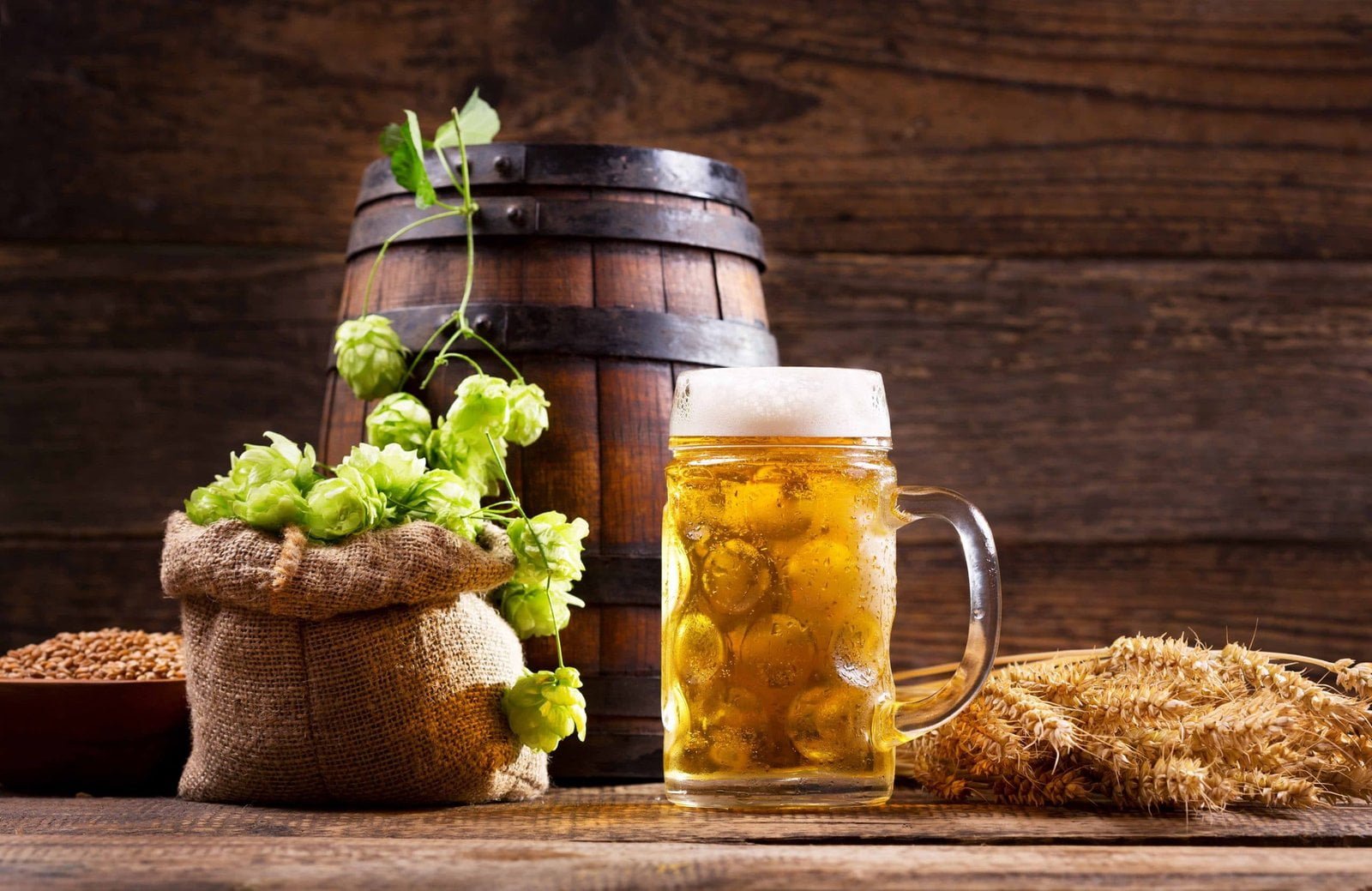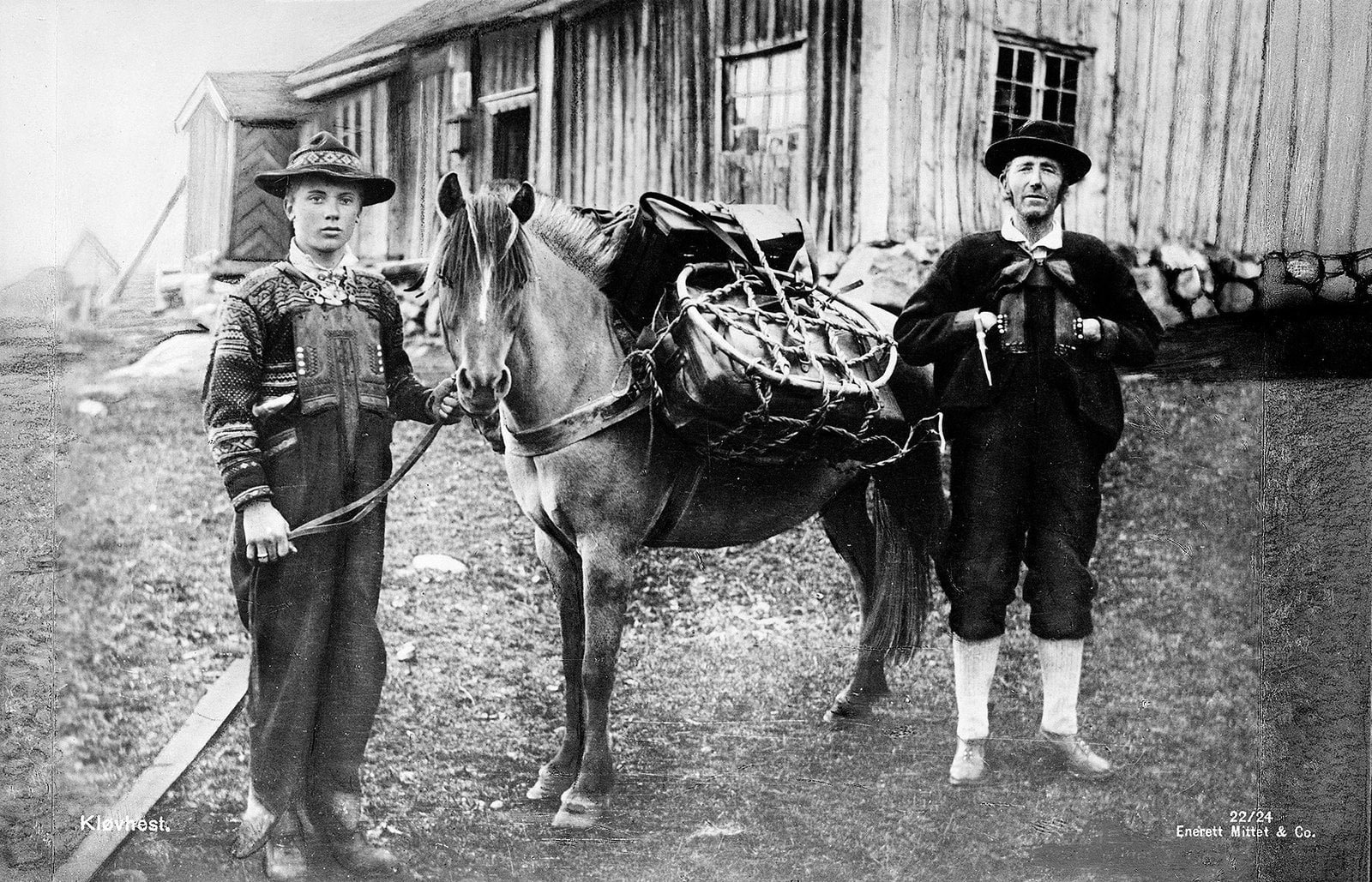When the ice melted after the last ice age, herds of reindeer followed in its wake and populated what we today call the Scandinavian peninsula. And with the animals came their main predator: the humans.
Norwegian roots
Norwegian moose calf saved from drowning in 1939
Magne Løvstuen and his family adopted this moose calf after saving it from drowning in Lake Mjøsa.
Only 3 percent of mainland Norway is agricultural land
The most significant sections of Norwegian productive soil can be found in the counties of Trøndelag, Hedmark, Oppland and Rogaland.
The old Norwegian farm | The Sortehaug farm saga
Skodje sogelag and Louis Giske wrote the history of the two Sortehaug farms and its inhabitants back in 1986.
Norwegian censuses | The 1769 census was the first
1769 was the year of the first complete Norwegian census – and the population was 723,618. Today, Norway has a population of more than 5 million.
The old Norwegian farm | The Stornæve farm saga
Per O. Rød wrote the history of the Stornæve farm and its inhabitants back in 1968. Decades earlier, several children of Stornæve had emigrated to the US.
Bergen – Norway | Historical city once plundered by pirates
Bergen is Norway’s second-largest city and one of the country’s oldest urban locations. The first post-viking king, Olav Kyrre, gave it market-town-status around AD 1070.
The Norwegian cheese slicer | Ostehøvel
There are many types of cheese slicers, but Norwegian furniture-maker Thor Bjørklund invented the Norwegian version in 1925.
The Norwegians | Masters at sea
Throughout history and well into the 1900’s, the Norwegian fjords and the often ferocious waters along Norway’s long-stretched coastline were the country’s main “highway”.
The Norwegian mountain safety code | Always be prepared
The majestic Norwegian mountains can be treacherous – and they steal human lives every year. Study the Norwegian mountain code – and be prepared for your next journey.
Skibladner | Norway’s oldest paddle steamer still in service
Skibladner is one of the world’s oldest paddle steamers still in regular service. Her launch was in 1856, and she sails on Norway’s largest lake, Mjøsa.
Fridtjof Nansen and his Arctic mission impossible
In 1893, Norwegian explorer Fridtjof Nansen and his crew set out on a three-year expedition; aboard a ship locked in by the slow-moving Arctic Ocean ice.
Norwegian landscapes | On the coastal path along the Oslofjord
Whether it be on a rainy day – or a beautiful summer’s day like this one – the coastal paths take us through some pleasing stretches of Norwegian scenery.
Uff da! | What does the Norwegian expression mean?
Uff da! is a Norwegian interjection, often used to express sympathy. For example when a child falls over: Uff da! Slo du deg? – meaning Poor you! Did you hurt yourself?
The global seed vault | An Arctic Noah’s ark
On an island in the Arctic Ocean, deep inside a mountain, we find the Svalbard Global Seed Vault – a treasure trove of food-plant seeds from all over the world.
Kløvhest | Means packhorse in Norwegian
Kløvhest is a Norwegian noun that means packhorse. Well into our own time, the Norwegians used horses to help transport goods through a challenging landscape.
Norwegian food and drink | The Viking pizza
In Norway, the Italian pizza appeared as an exotic newcomer in the 1970s. But bread topped with foodstuffs is nothing new in Norwegian food history. Even the Vikings ate pizza – but they called it bread-dish.
The old Norway – and its last army of storytellers
The first half of the 1900s came with a momentous change to Norwegian society: the ancient hunter-gatherer-farming-culture was rapidly dying.
The Norwegian Fjord Horse | Almost as old as the mountains
The Norwegian Fjord Horse is one of today’s oldest horse breeds. Its historical habitat is Norway’s western coast, with its deep fjords and steep mountainsides.
The old Norwegian farm | The last workhorse at Sandaker farm
When I was a boy, it was the workhorse that pulled the heaviest weight in agricultural life. And this had been the reality for as long as anyone could remember.
1895: a dead man in the Oslofjord
It was midsummer 1895. An older man was found drifting in the fjord just outside Moss, Norway – shot in the temple with a revolver. Who was he?
The old Norwegian farm | The need for water
The old Norwegian farm needed hundreds of litres of water every single day: for food-making, cleaning, and human and animal consumption.
Muskox | Norwegian man killed in 1964 muskox attack
On 22 July 1964, a stray muskox bull killed 73-year-old Ole P. Stølen from Oppdal, Trøndelag, Norway. Local authorities shot the animal to prevent further attacks.
Åre | Means open fire on the floor in Norwegian
Åre is a Norwegian noun that means an open fireplace, placed on the floor in the middle of a room. The smoke goes up and out through a vent in the roof – the ljore.
The Norwegian kjenge | A wooden drinking bowl
A kjenge is a drinking bowl used in the old Norwegian farming society – usually with two handles – carved and hollowed out from one piece of wood.
Norwegian clothing | The sweater from Setesdal
In a cold country like Norway, warm clothing is essential. This is a refined and old version of a woollen sweater from the district of Setesdal.
The old Norwegian farm | Memories from Værøy in Lofoten
The wild ocean world of Værøy in Lofoten, Norway, was the birthplace of Mimmi Benjaminsen – born in 1894. Here are some of her childhood memories.
The old Norwegian farm | The Sæterhaugen farm saga
In 1942, Hans Hyldbakk wrote the history of the local cotter’s holdings in Surnadal, Nordmøre, Norway. The book was updated in 1966.
Kipe | Means a basket in Norwegian
A kipe is a tall, woven basket, often made of twigs from the birch tree. It was carried on the back, and typically used when carrying loads in a landscape full of steep fields and paths.
Norway and its age-old farming culture
Once you start taking an interest in the old Norwegian farming and family history, then the people of the past start coming to the fore.
The first Norwegian farms appeared in the Stone age
In Scandinavia, agriculture first appeared in the Stone age – around 2400 BC. The early farmers cleared their land by using simple tools and fire.
The old Norwegian farm | Farmhands could only leave twice a year
In the old Norwegian farming society, nature dictated the flow of the working year. To secure sufficient manual labour during the working seasons, farmworkers could only leave their jobs on 2 specific days of the year – on 14 April and 14 October.
Norwegian food history | The beginning
When humankind first appeared in the Norwegian landscape – sometime after the last ice age – the search for food was their primary motivation.
The old Norwegian farm | How machinery changed the landscape
When the industrial revolution brought machinery to the Norwegian farms, it didn’t just change the way people worked, it also changed the layout and the look of the farmland.
Norway | A land of water
In the spring, the snow covering most of the Norwegian mountains melts and turns into creeks, rivers, and magnificent waterfalls.
The old Norwegian farm | The hour of twilight
The hour of twilight is when the daylight starts to disappear – before it is completely dark. In the old Norwegian farming society, this was a time for rest.
Skigard | Means wooden fence in Norwegian
Skigard is a Norwegian noun that means wooden fence. It is made of split tree trunks, using simple tools. Fence making and mending was a task for early summer.
A Norwegian’s take on the lead-up to the Black Death
The Black Death – mother of all plagues – ravaged humankind in the mid-1300s. A Norwegian scholar takes us through the lead up to the disaster.
Norwegian history timeline | The ice ages
In Scandinavia, there have been as many as 30 ice ages over the last 2.5 million years. The latest period stretched between 115,000 and 10,000 BC.
Norwegian words | Skårfast | Stuck on a mountain ledge
Skårfast is a Norwegian adjective. It means that a person or an animal is stuck on a steep mountain or cliff-side ledge – and is in need of being rescued.
Norway has the second longest coastline in the world
With its 102,937 km, Norway’s mainland coastline, including its many fjords and islands, is the second longest in the world, next only to Canada.
The Kingdom of Norway
The Kingdom of Norway – as we know it today – was born on 17 May 1814. That was when the Norwegians created their very own constitution. But Norway, as a distinct rural culture, has been around for 12,000 years.
A man died after being bitten by a wolf | Norway AD 1720
In 1720, in the community of Meldal in Trøndelag, Norway, Vellik Andersson died aged 37, after being bitten by a wild wolf. He was buried on 8 September.
The muskox | A newcomer in the Norwegian landscape
The Norwegians rarely allow alien species into their fauna, with one notable exception, the muskox – first welcomed back to Norway from Greenland in 1924.
Norwegian words | Uekte – ekte | Illegitimate – legitimate
Uekte and ekte are Norwegian adjectives, which in one context mean illegitimate and legitimate – as in a child born out of or in wedlock.
The old Norwegian farm | When the old Norway changed
Between 1850 and 1950, Norwegian society transformed. The age-old fishing, hunting, and farming society gradually turned into a modern, industrialised country.
Hytte | The ancestral call from the Norwegian mountain cabin
The traditional Norwegians are drawn to their cabins, whether it is in the mountains, in a forest, or by the sea. Some might argue that they are a people obsessed.
When a bear attacked Norwegian milkmaid Kari Moen in 1836
In 1836, a Scandinavian brown bear attacked milkmaid Kari Moen. She was from the community of Sauherad – in Telemark, Norway. Kari nearly lost her life that day.
Norwegian food history | Milk from the domesticated animals
For thousands of years, milk from the domesticated animals has had a dominant position in the Norwegian diet. People used milk from the cow, the reindeer, the sheep and the goat.
Oslo is the capital city of Norway
Oslo is the capital city of Norway. It was founded in AD 1048 by the Viking king Harald Hardråde. Historically, the city is also known as Christiania or Kristiania.
The old Norwegian farm | Making butter the old way
For the old Norwegians, making butter was simply a way of preserving the fresh summer milk – turning it into a type of food that could be stored.
Where is Norway?
The Kingdom of Norway is a country in Europe’s north-western corner, covering the western and northern flanks of the long-stretched Scandinavian peninsula.
Strandsitter | A Norwegian beach dweller
In the coastal districts of the old Norway, a strandsitter was a beach dweller – a man who rented a small piece of land close to the seafront – but owned the house that he built on it. His livelihood was usually connected to the sea.
Norwegian art | The mysterious boy from Setesdal
Carl Fredrik Sundt-Hansen created this fascinating oil painting in 1904. It is like a window leading into the house of history. If only we could climb through.
Childhood Christmas memories from northern Norway
In my childhood, life was simple. And the small joys of Christmas lifted our spirits – and delivered us safely into the new year.
Norwegian rose painting history | Rosemaling
For many, it may come as a surprise that the history of Norwegian rose painting, and the art form’s place in Norwegian folk art, is not as old as one might think.
Norwegian Buhund | Herding dog and keeper of ancient traditions
The Norwegian Buhund – a spitz dog – is 1 of 7 registered Norwegian dog breeds. The first breed-standard came in 1926, and the modern-day Buhund was primarily bred to be a herding dog. Historically, the Norwegian word buhund had a much wider meaning, and described an all-purpose farm dog.
Ljå | Means scythe in Norwegian
Ljå is a Norwegian noun that means a scythe – an old agricultural cutting-tool used when mowing the grass to make hay, or when harvesting the grain crops.
The old Norwegian farm | Its land and surroundings
In this post, we take a look at the layout of the Norwegian farm and its surroundings – and how the land and its resources were utilised.
Norwegian to English dictionary | The best for genealogists?
If you are of Norwegian descent, and are studying old Norwegian documents, then Einar Haugen’s Norwegian-English dictionary may be a tool that can assist you.
Norwegian wooden buildings | One thousand years old
The oldest wooden buildings in Norway are almost 1000 years old – like Urnes stave church in Luster. How come these buildings do not rot away and disappear?
The old Norwegian farm | The old calendar-stick
The old Norwegians split the year into two main seasons: summer and winter – and used a two-sided wooden calendar-stick to guide them.
The old Norwegian farm | Skjemat | Food eaten with a spoon
The Norwegian word skjemat means food eaten with a spoon – often before or after the main course at dinner. It could be porridge, soup, dessert, and more.
Norway | What does the name of the country really mean?
A loved child goes by many names, says a Norwegian expression. This certainly applies to the country Norway. But what does the name really mean?
The old Norwegian farm | Finding Ole Johan Nyaas and his barn
With this old photograph in my hand I have set myself a task: how much information can I find in Norwegian online archives based on what the photo tells me?
Norwegian history timeline | From the ice ages until today
In what we today call Norway, human history began some 12,000 years ago, after the ice ages.
Stabbur | The food storehouse on the old Norwegian farm
Like all buildings on the traditional Norwegian farm, the stabbur had a clear purpose: to be a storage for food, fine clothing, and other fragile possessions.
A Norwegian emigrant and his sweetheart | Norway AD 1895
Neither the great Atlantic Ocean – nor time or social conventions – could crush a love meant to be.
The old Norwegian farm | Cutting marsh grass on the frozen lake
To make sure he could tide the animals over the long and cold winter, the historical Norwegian farmer utilised all available resources.
Night fishing using a spear and a torch | Lystring
An ancient fishing method was to catch the fish in the dark, using a multi-pronged spear and a torch. The Norwegians call it lystring – the English leistering.
Folk medicine | As used by the Norwegians
Do you have trouble sleeping? Here are some examples of how the old Norwegians used Mother Nature’s very own remedies to cure their ailments.
Skoklefallsdagen | The old Norway’s last day of spring
On the historical Norwegian farm, the skoklefallsday is the last day of planting in the spring. Literally, it means the day that the shafts attached to the workhorse’s harness come off.
Norway’s 5 largest lakes
Norway is a land of water, with almost 1 million lakes and ponds of all sizes. Join us in exploring the 5 largest of her lakes, and some more Norway facts.
Norwegian folk tales | Pesta and the Black Death
Norwegian folklore and old folk tales often depict The Black Death in the shape of an ashen-faced old woman – and her name is Pesta.
Horse history in the land of the Vikings vol 2
The horse no longer roams wild in the Norwegian landscape. But it still has an important place in the Norwegian psyche.
Norwegian food history | The difference between mead and beer
Mead and beer are both alcoholic drinks known from Norwegian history. The Norwegians call them «mjød» and «øl». But do you know the difference between the two?
The old Norwegian farm | A nation built on porridge | Grøt
Some claim that porridge is the oldest hot dish in the Norwegian diet. For millennia, porridge was to the Norwegians what the oven-baked bread is to the modern family of today.
Budrått | Means milk products in Norwegian
Budrått is a Norwegian noun that means the output of milk products on a farm – such as cheese and butter. The word is often associated with what was produced during the summer on the seasonal mountain or forest pasture farm – the seter.
The old Norwegian farm | Hand milking the cow
In 1935, Aslaug Engnæs published a guidance book on how to milk the cow – with tips and suggestions – aimed at the Norwegian smallholders of the day.
Norwegian ski history | Hunting in deep snow
The word ski comes from the Old Norse language and means cleft wood. The old Norwegians were hunters, and have used skis to their advantage for over 5000 years.
10 July – let the Norwegian haymaking begin
10 July is the feast day of Saint Knut – Knutsok – and marks the beginning of the haymaking season – høyonna – in the old Norwegian farming calendar.
Norwegian ice export | a booming business for more than a century
From the early 1800s and well into the 1900s, Norway was a significant exporter of natural ice. But how did they prevent the ice from melting?
The old Norwegian farm | Bringing home the winter hay
On the historical Norwegian farm, winter feed for the domesticated animals was a precious resource. Sometimes it was harvested and temporarily stored far away from the farm.
The old Norwegians needed no money
The old Norwegian farming society was a self-sufficient and balanced world. Coins and notes were all but an alien concept.
Practical farming in Norway in 1815 | The month of January
6 January is the 13th day of Christmas, marking the end of the holiday season on the old Norwegian farm. Now was the time to fully return to the everyday grind.
The old Norwegian farm | Washing clothes by the creek
Our foremothers were hardworking and inventive – and doing the laundry in olden times was no small job. This is how it was done on a mountain farm in Norway – towards the end of the 1800s.
James Arness | Western hero and Norwegian Viking
Are you hailing from Sykkylven in Møre og Romsdal, Norway? Well, then you might be related to the great film and television icon that was James Arness.
The old Norwegian farm | The cotter’s holding | Husmannsplass
In the old Norwegian farming society, a husmann was a man who was allowed to build his home on a small section of a farm’s land – and pay with his labour rather than rent. His simple holding was called a husmannsplass.
The ancient tradition of Norwegian mountain pasture
For more than a thousand years, Norwegian farmers sent their livestock to feed in the forests and the mountains. Today, this way of life has almost disappeared.
Klippfisk | What is Norwegian klipfish?
Klippfisk – or klipfish – is fish preserved through salting and drying. Since the early 1700s, the Norwegians have been large-scale klippfisk producers and exporters.
The old Norwegian farm | Memories from Langfjordbotn in Finnmark
Langfjordbotn – in Norway’s northernmost region Finnmark – was the birthplace of Oluf Røde, born in 1889.
The old Norwegian farm | Bonde = farmer | Bondegård = farm
The Norwegian word for farmer is bonde – which stems from the old Norse búandi, which means a person with a fixed abode – a person living in one place.
Kantslått | Means cut grass in Norwegian
Kantslått is a Norwegian noun that means (1) the grass that is cut along the edges of a field, a road, etc. or (2) the actual process of cutting this grass. Traditionally, the grass was used as animal fodder.
Norwegian folk instruments | The birch trumpet
One of the oldest Norwegian folk instruments is the birch trumpet – the lur. Originally, it was a practical tool, helping people in their everyday lives.
Norwegian herder-children | Roaming the mountains all alone
In olden Norway, the farm-animals were sent off to the mountains and forests all summer. With them came a herder to guard them, and a maid to turn their milk into cheese and butter.
Practical farming in Norway in 1815 | The month of February
February was the month when the historical Norwegian farmer had to be vigilant about the housebound livestock’s remaining fodder. It was still only midwinter.
Heddal stave church | A divine building built by a troll
The Heddal stave church – stavkirke – is Norway’s largest remaining building of its kind. It is a wooden masterpiece, with a history that stretches back more than 800 years.
Practical farming in Norway in 1815 | The month of March
If the weather has been mild in the days leading up to the old Catholic Feast of the Annunciation on 25 March, then be sure that the frost will return.
The Norwegian summer pasture farm | Preserving milk in a bog
The old Norwegians sometimes preserved milk in a container buried in a peat bog. They called it myrmelk. The lack of oxygen in the bog kept the milk fresh – and it could be stored there for months, even years.
Horse history in the land of the Vikings vol 1
The horse settled in the Scandinavian landscape after the last ice age. Let us meet this majestic animal – and follow in its footsteps.
The old Norwegian cemetery | Once and always a pauper
It has been said that all people are equal in Heaven, but the historical churchyard shows us that no such equality applied here on Earth.
The old Norwegian farm | Moving into the barn during summer
In some areas of the old Norway, it was common for farm families to move out of the main house during the summer months. One particular family moved into the cowshed.
Remembering schoolteacher Eilert Wulff | Norway AD 1904
After a brief illness, schoolteacher Eilert Wulff of Hammerfest died on 22 October 1904. He was survived by his wife Dorothea Sæther, 28, and son Aksel, 2.
The old Norwegian farm | A result of landscape and climate
The Norwegian geography and climate have significant variations. The old Norwegian farm was always a result of its location, and the local availability of resources.


